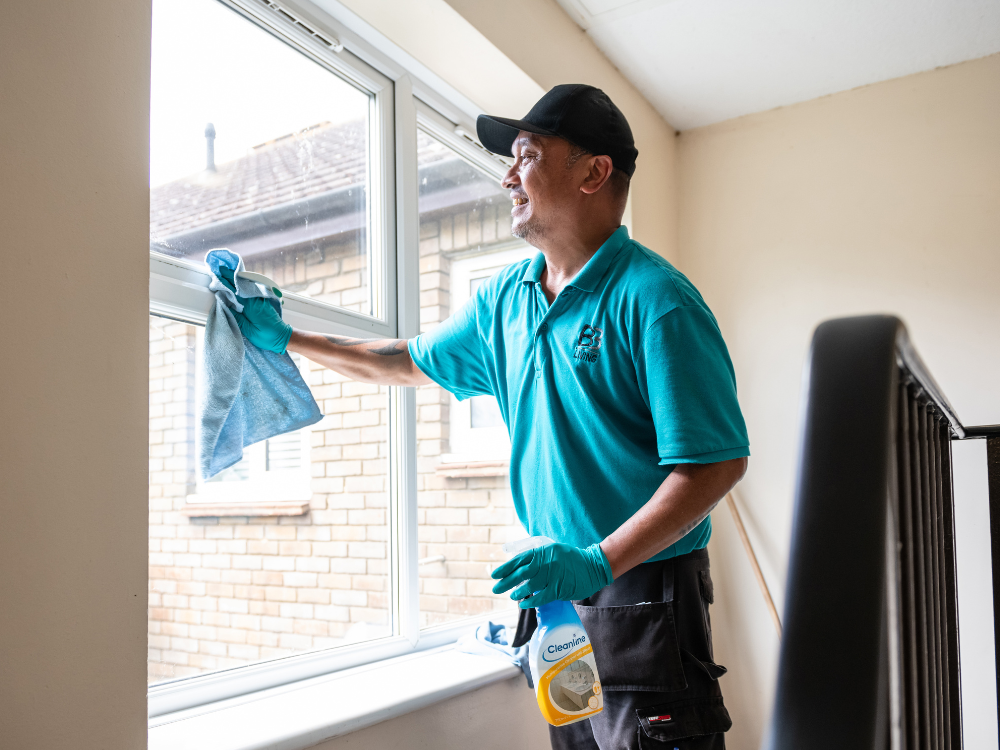Caretakers are responsible for:
- Cleaning communal areas to an acceptable standard.
- Reporting issues such as repairs, graffiti and flytipping.
Customers are reminded of their own responsibilities:
- To keep shared areas clean and clear of items, litter and rubbish.
- To keep communal areas free of dog mess.
- Dispose of rubbish in the appropriate bins provided.
Sometimes things like bad weather, old buildings, or nearby building work can make the area look or feel a bit worse for a short time. But we always try to fix things quickly.
The list below shows what you can usually expect across the whole estate:
